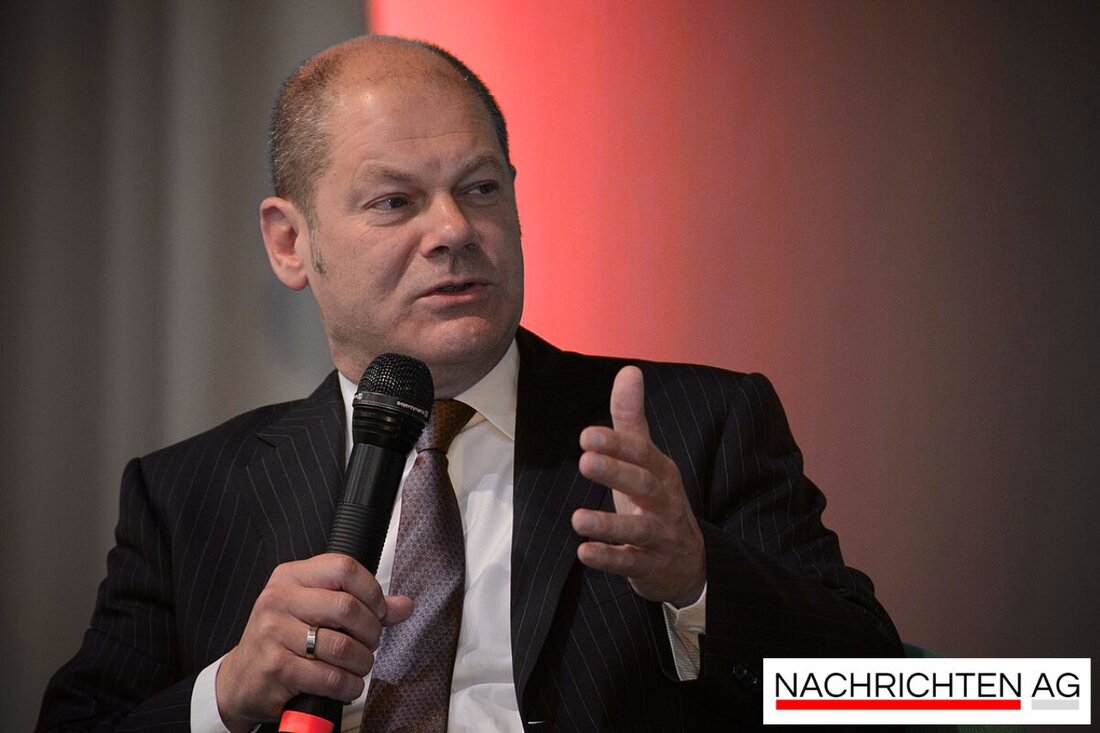Bad Orb in the spirit of nature conservation: 33 new active members!
In Bad Orb, 30 members of the association met for a nature conservation meeting to present successes and new projects.

Bad Orb in the spirit of nature conservation: 33 new active members!
There was recently a significant new beginning in nature conservation in Bad Orb. A club whose leader Bertwin Dehmer presided over the meeting welcomed 33 new members. This shows a growing interest in preserving our nature, as the association now has a total of 335 members. Honorary chairman Heinz Weisbecker and honorary members Otto Böhlke and Gerd Marx were also present at this meeting, who discussed important club matters together with almost 30 participants. The memory of the deceased members, including Rudolf Dehmer and Günter Buchholz, gave the meeting a thoughtful setting.
Many thanks went to the departing board members Doris and Erich Scholz as well as Benedikt Metzler for their tireless efforts. There was also praise for Frank Polej: He was named “Employee of the Year 2024” for his services as cash manager. The event also showed how important trusting cooperation is, as the two board members Maren Nowak and Anika Broda received a lot of recognition for their remarkable commitment to the club.
Commitment to nature and young people
The positive developments of recent years were also highlighted. The year 2024 was characterized by successful events and a pleasing level of donations. The board is particularly concerned about educating children about nature and environmental protection. Maren Nowak reported on the care of the association's nesting boxes and their digitization, while Anika Broda presented the moves of the "Bird Museum" and the progress on the new website. Frank Polej also openly explained the financial movements, which provided further material for discussion.
A pioneering project is already in the starting blocks: new elections will take place under the leadership of Heinz Sandrock. Exciting projects are also planned such as the “Woodpecker Forest” exhibition, the recording of biotopes and the repair of feed boxes. This diverse commitment impressively shows how important work in nature conservation is. The association sees itself as having a duty to act actively and to make people aware of the importance of nature conservation.
The tradition of nesting boxes
What makes nature conservation particularly exciting, however, are the historical roots of the nesting boxes. The first nesting boxes date back to the 16th century, when they were used in the Netherlands to attract starlings. Their original purpose was not to protect birds, but to obtain food. But the development of nesting boxes designed to help certain species of birds has since taken a fascinating turn. The German priest Hofinger made the first nesting boxes for starlings and tits around 1824 to combat pests in orchards. Since then, nest box construction has evolved to the modern wood-concrete era, providing a home for many species of birds.
The Nistkastenmuseum in Ringschnait near Biberach is a place that keeps this history alive. Here Gerhard Föhr guides you through an impressive collection of hundreds of nesting boxes made from different materials. Visitors can follow the development of the nesting boxes and even experience live how starlings and martins breed. Nesting boxes are not only a practical tool for bird protection, they also tell stories of human ingenuity and closeness to nature.
Overall, the initiative in Bad Orb shows that more and more people are getting involved in nature conservation. The combination of traditional knowledge and new ideas is the key to preserving the local flora and fauna for future generations. The association has made it clear: nature conservation is more than a task - it is a matter of the heart.

 Suche
Suche
 Mein Konto
Mein Konto